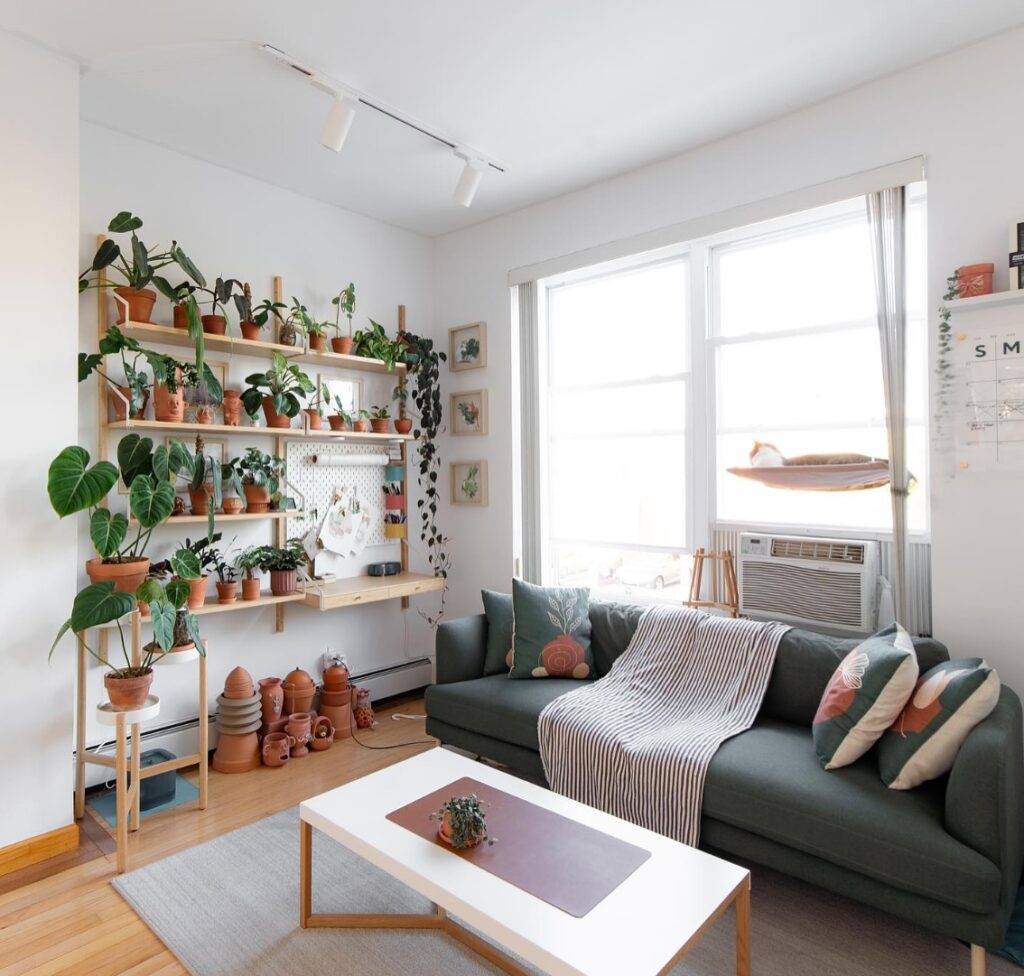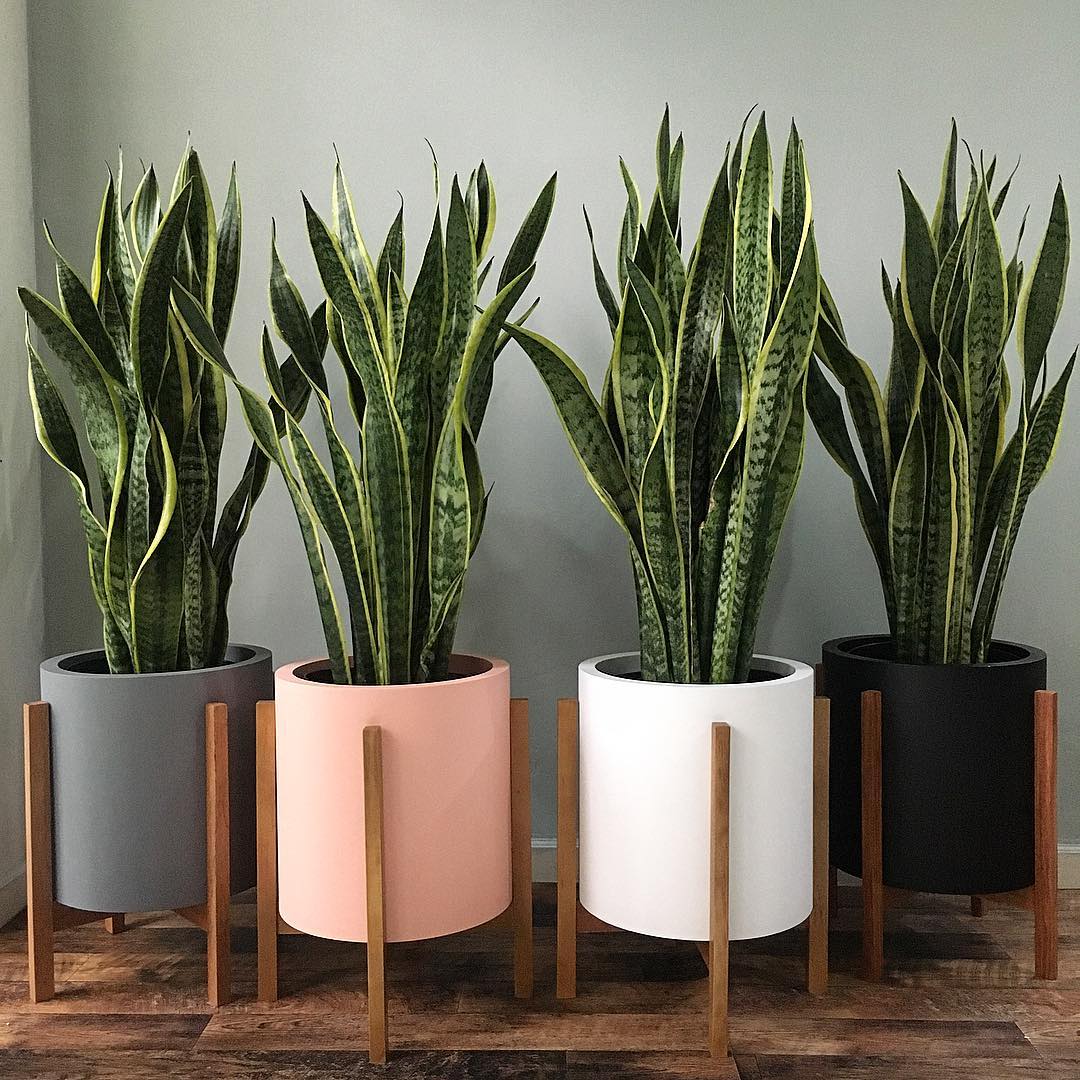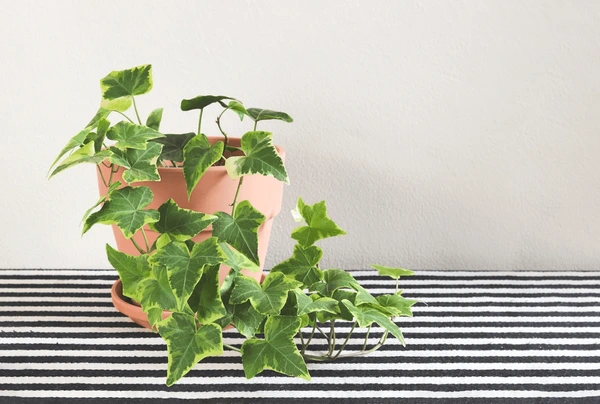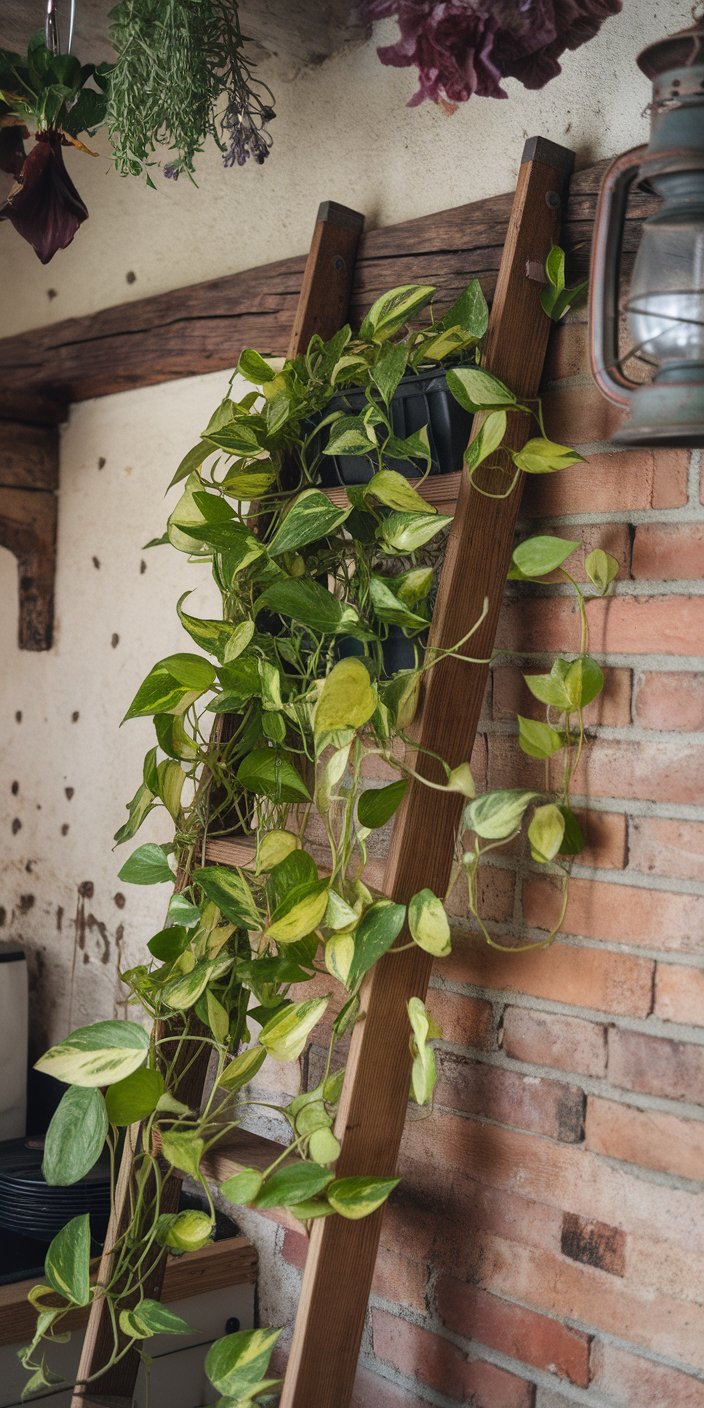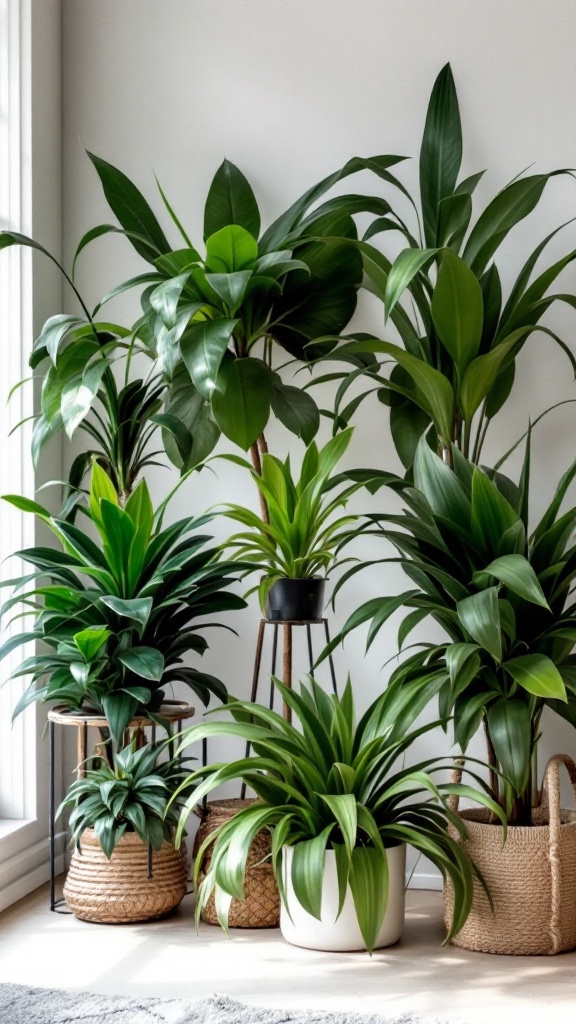Indoor Plant Styling That Actually Feels Right
There’s something about a well-placed plant that just makes a room feel alive.
Every time I walk into a space with the right kind of greenery, it’s like having the space come alive and it’s somehow breathing.
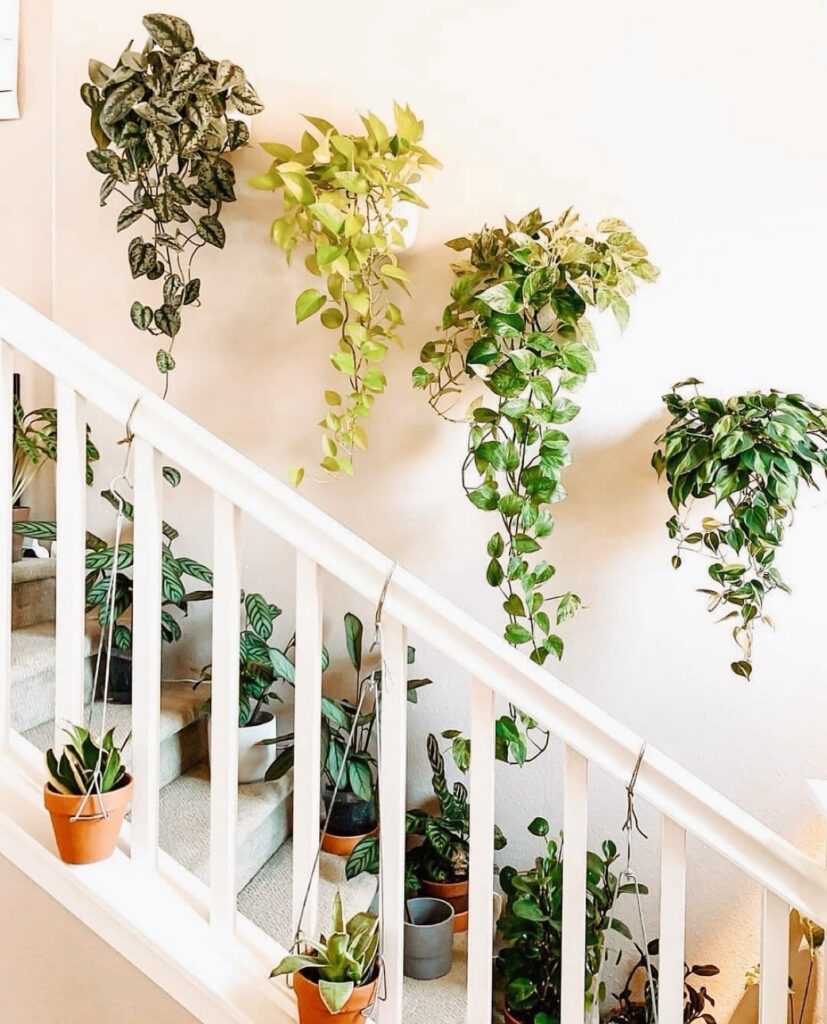
For me, styling matters, because the look and feel of the space with plants changes the mood of a room.
Like you, it all started with a few plants and I was hooked on the style, the beauty, and how it could change a room.
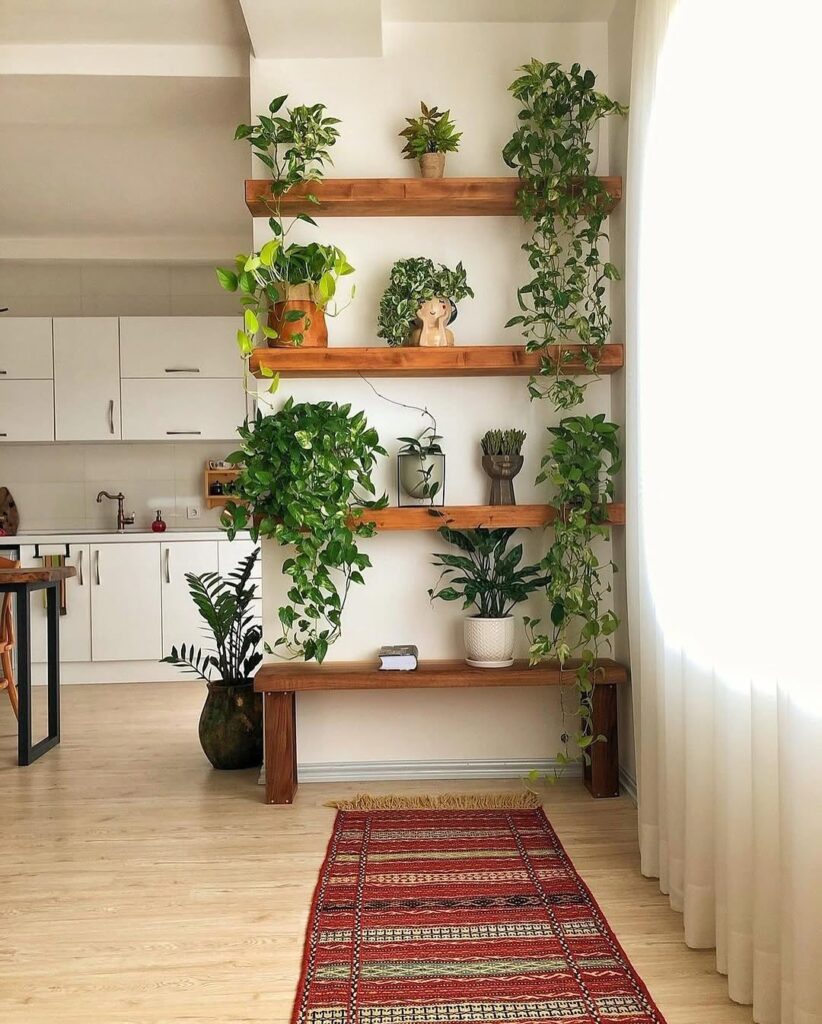
Choosing the Right Plants
It all starts with picking the kind of plants that feel right for your space. I always look for what works in different rooms.
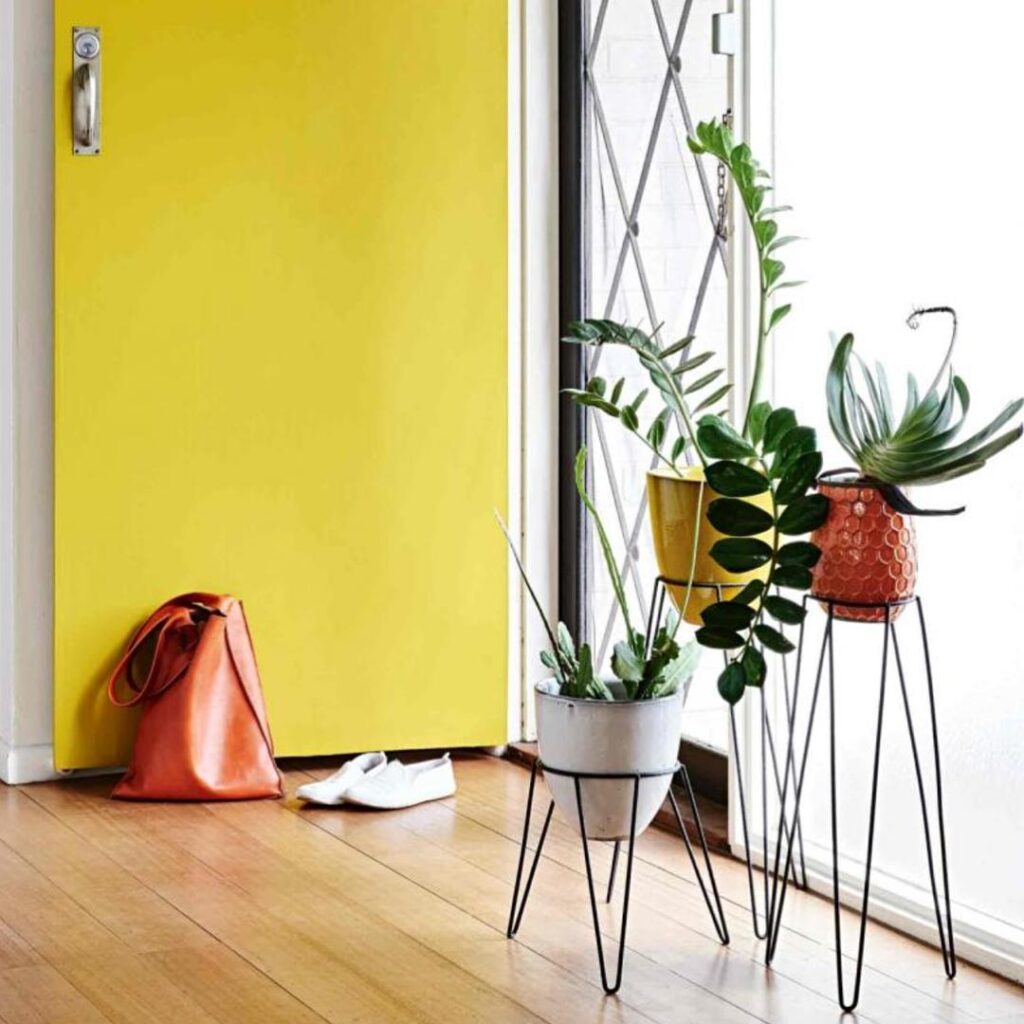
Some plants are fussy, so they need the right place and light. Then there are some that are beginner-friendly and don’t mind being placed anywhere.
It’s also about what works in your schedule—if you’re away a lot or forgetful (like I can be), then you’ll want plants that don’t mind missing a drink or two.

If you’ve got time and enjoy the routine, you can go for ones that need a bit more care and attention.
Pots That Actually Match (Or Intentionally Don’t)

You can really change the whole feel of a room just by switching up the pots. Some days I like everything to match, other times I like a bit of contrast.
Think of different colors, textures, and sizes of pots and how they can shift the mood—smooth white ceramics feel clean and calm, while a mix of handmade pots can make the space feel cozy and lived-in.

Even a chipped old mug can look charming with the right little succulent.
Playing With Height—Because Flat Gets Boring
When everything’s sitting on the same level, it just feels… well, a bit flat. I’ve found that adding a tall stand or stools makes a big impact.
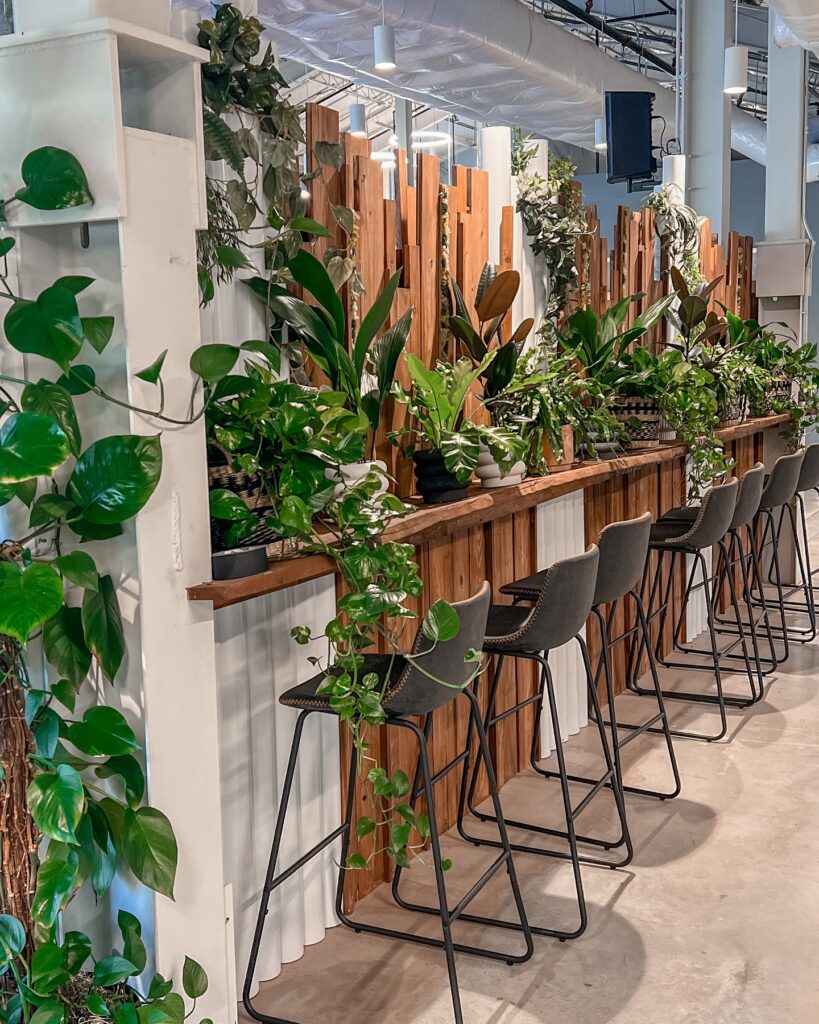
Try mixing things up—try placing some plants on a bookshelf, or even stacking a few hardcover books as a mini platform.
Hanging pots from the ceiling or wall brackets also gives your space that floating green touch without taking up floor space.
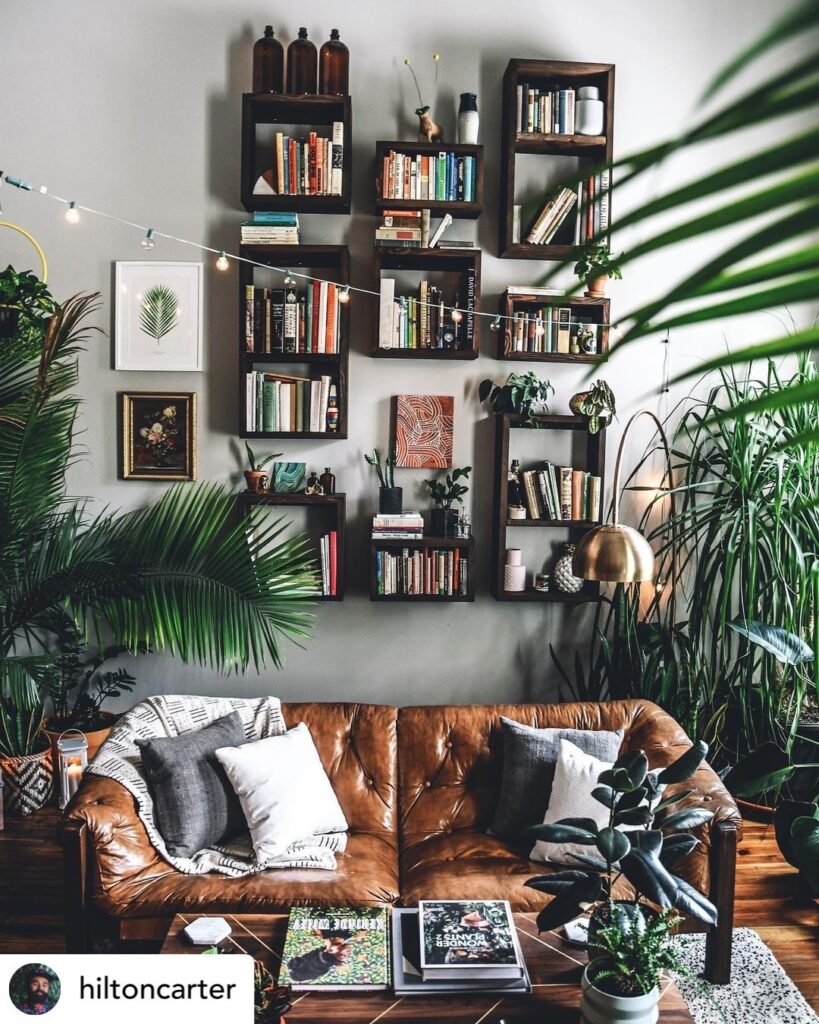
Mixing Up Leaf Shapes and Sizes
There’s something about seeing a chunky monstera next to a fine-leaved fern that just makes the whole setup pop. I usually like a bit of contrast to make them stand out.
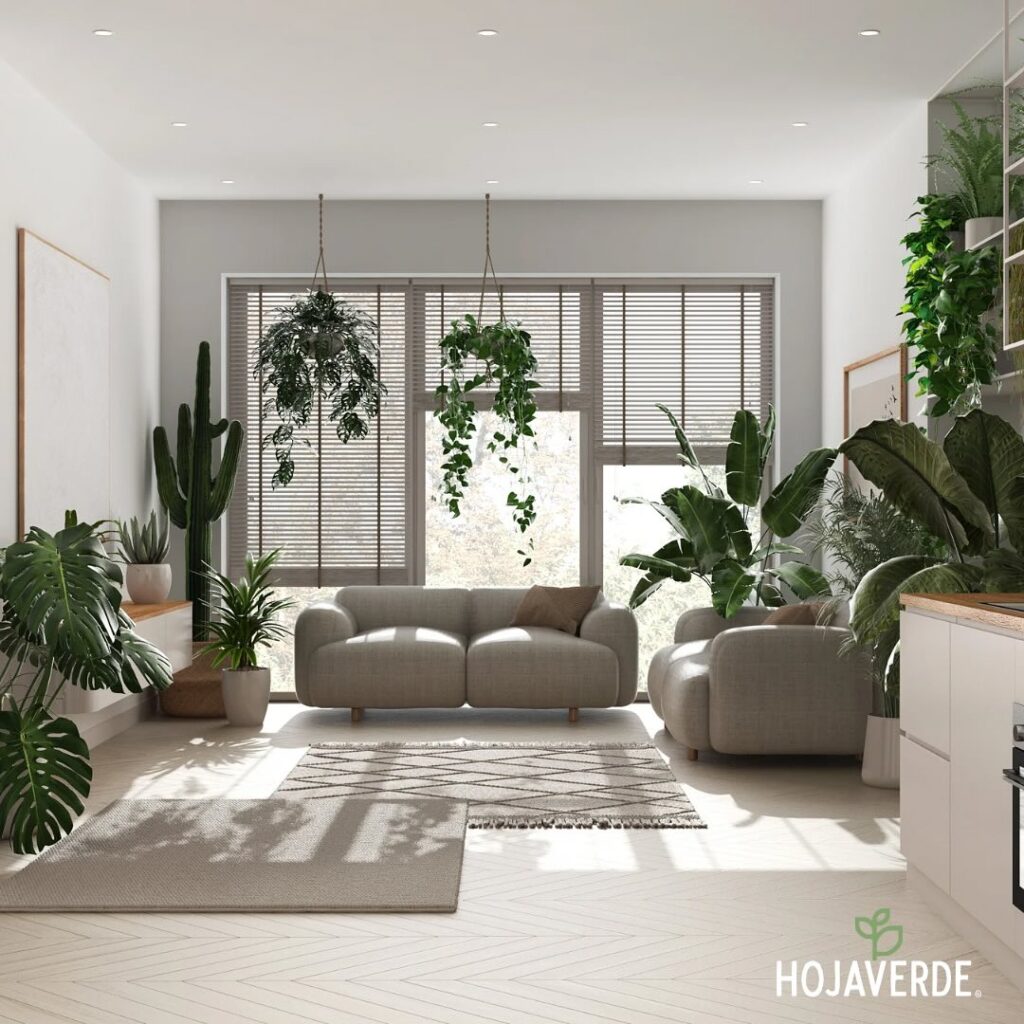
Try to mix big vs. small, soft vs. spiky—it gives your display more personality and keeps it from feeling flat or repetitive.
Sometimes I’ll tuck a compact rubber plant next to a trailing pothos just for that punchy difference in texture and shape.

Where They Live Matters
I’ve tried styling plants in every corner of the house, and honestly, what works in the kitchen doesn’t always work in the living room.

You also need to consider where they will thrive the most—some need more light than others, and some need more shade, especially in those dim hallway spots or windowless bathrooms.
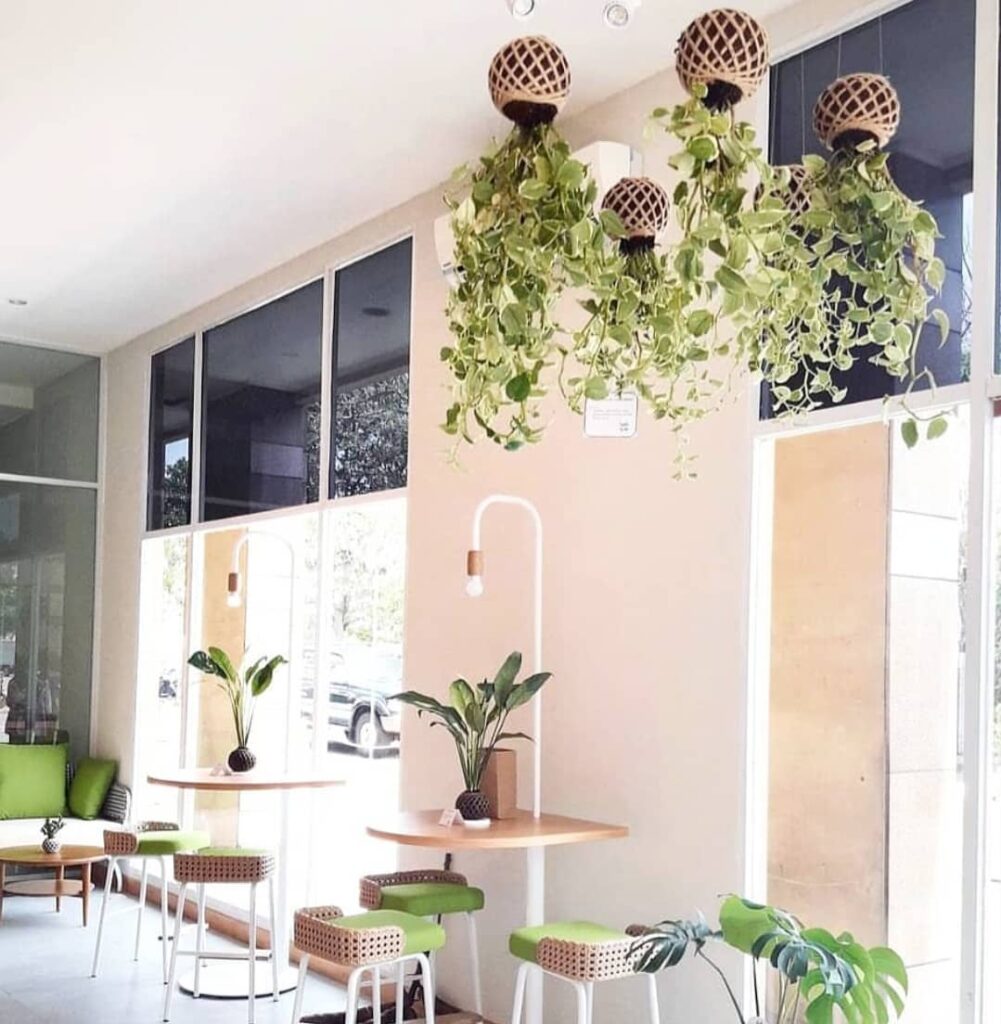
Think about humidity too—ferns and peace lilies love the bathroom, while succulents prefer dry warmth near a window. It’s part style, part survival.
Adding Plants to Vignettes
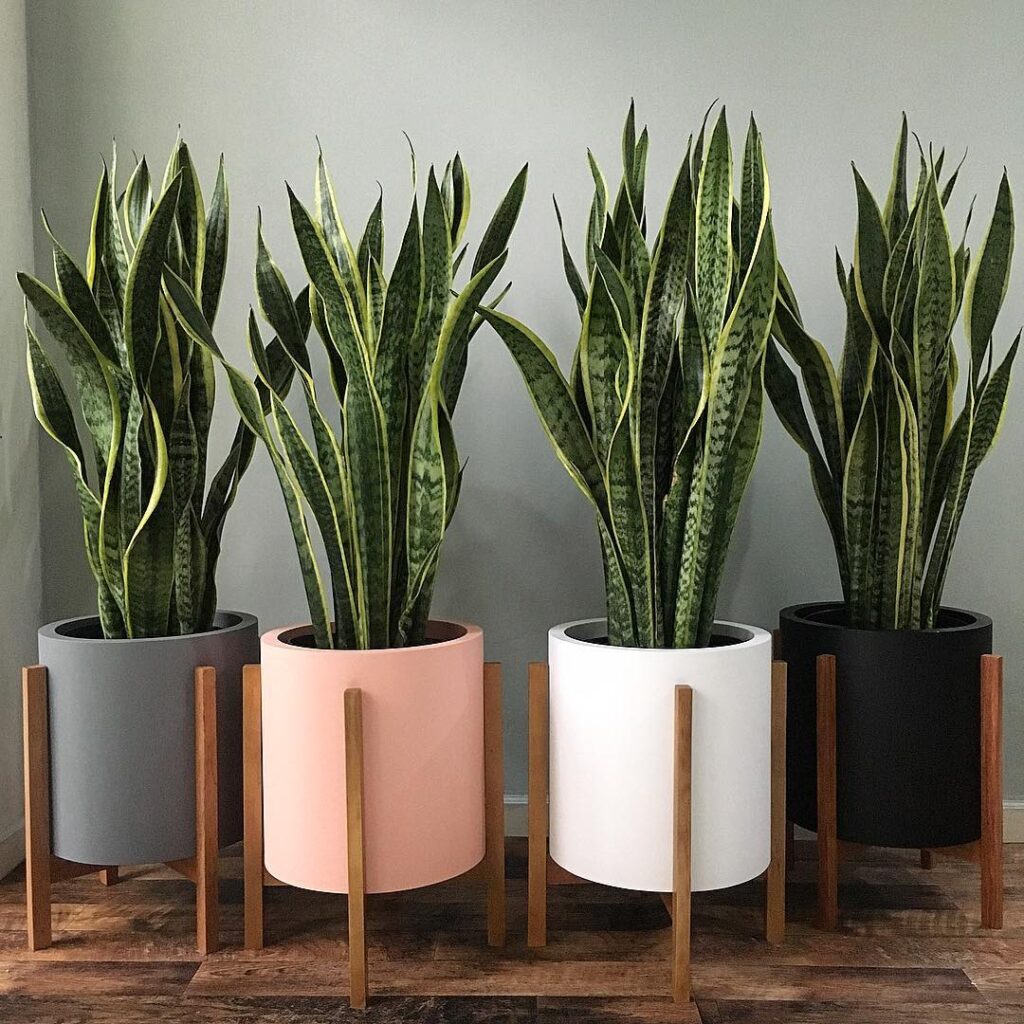
A plant on its own is nice, but group it with a candle, a book, maybe a tiny ceramic bowl, and suddenly the space feels thought out and cozy.
That little corner of a side table or shelf becomes a whole vibe.
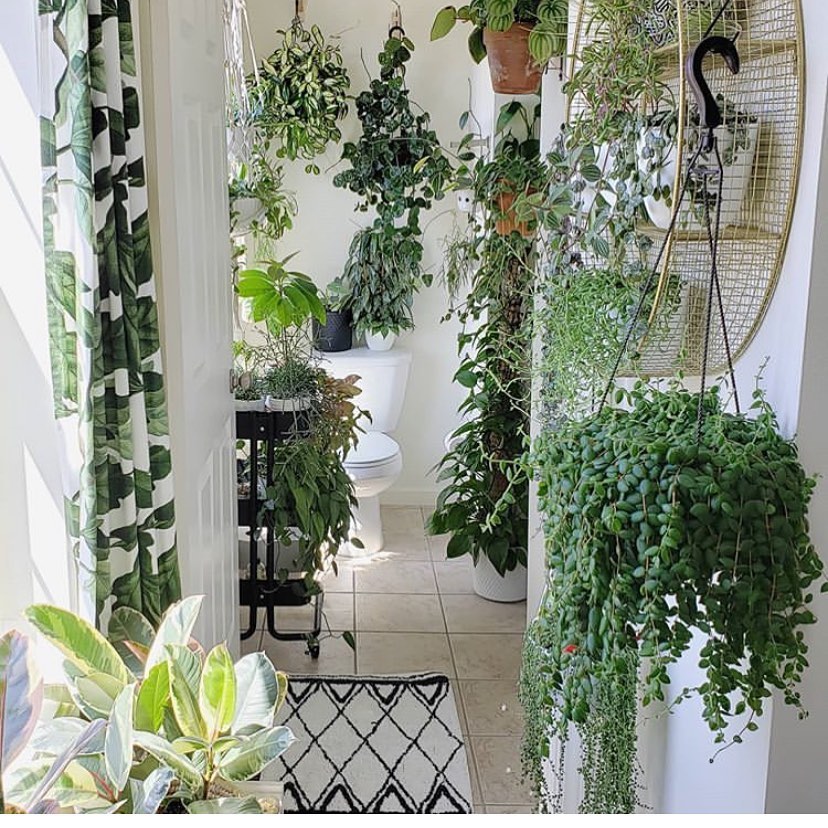
I like to switch out accessories with the seasons too—sometimes a wooden bead garland, other times a little thrifted frame.
The plant kind of anchors it all.
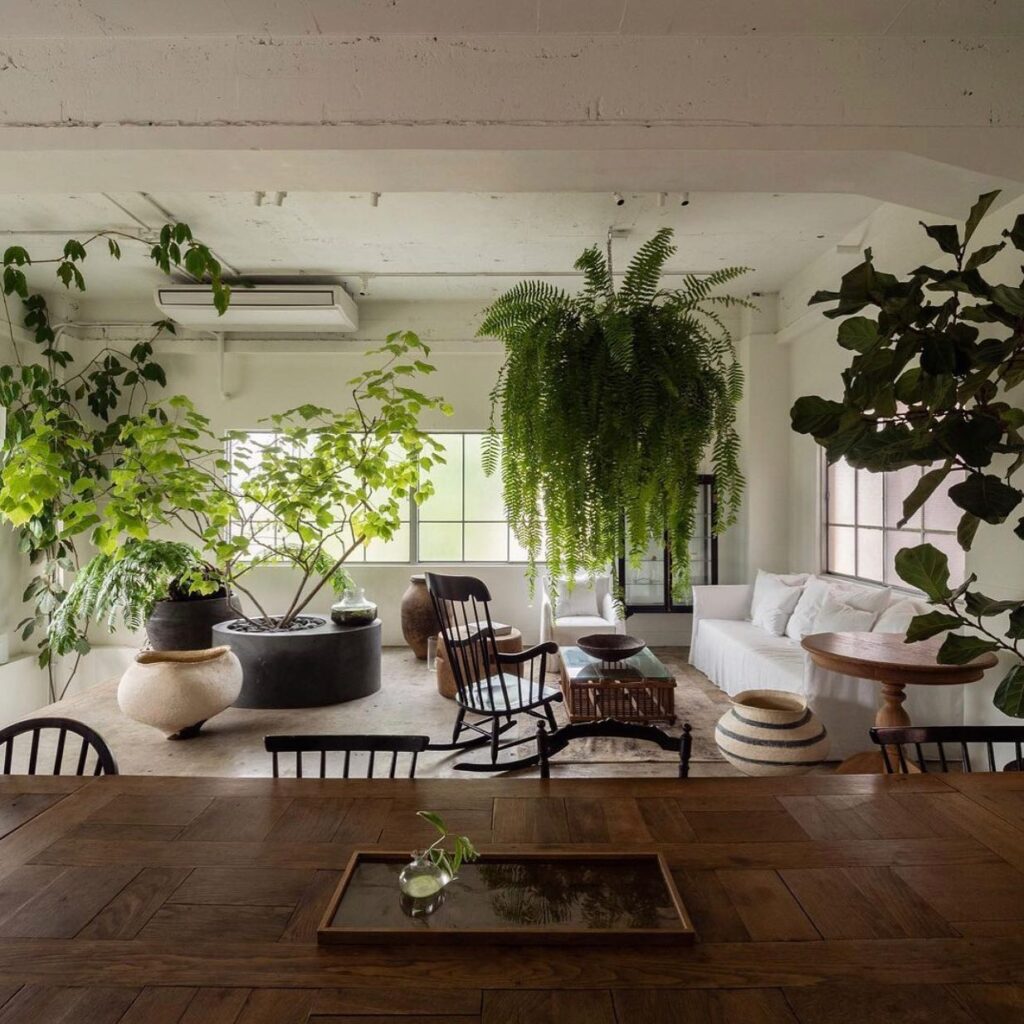
Making the Room Feel Balanced
One plant on the window sill isn’t quite enough for me. I like to step back and check if one side of the room feels heavier than the other.
Too many in one spot can feel cluttered, but spreading them out unevenly can make things feel lopsided.

I usually go with odd-numbered groupings—threes or fives—and I try to echo the green across the space. Even placing a tiny plant in an unexpected corner can help pull the room together.
Keeping It Fresh

I get bored of things staying the same for too long.
Every few weeks I find myself shifting a few pots around, moving one from the kitchen to the bedroom, or giving a sad-looking one a little pep-up with a new planter.
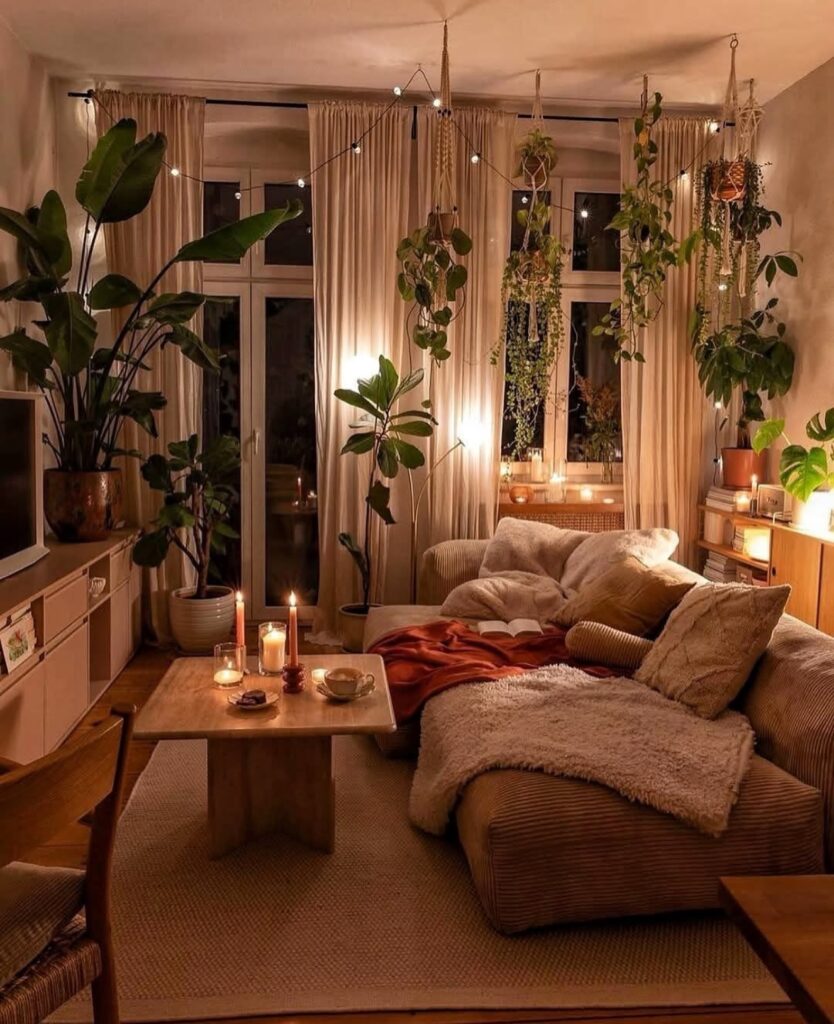
Sometimes I clean all the leaves, cut back a bit of growth, or add something new to the mix.
It’s not just about care—it’s about keeping things feeling alive, not just literally, but style-wise too.
